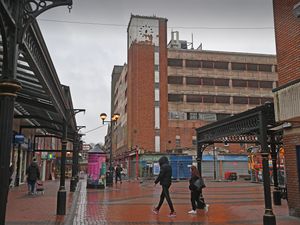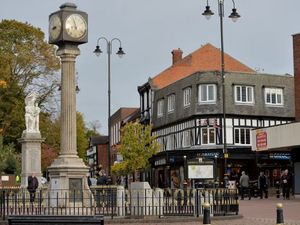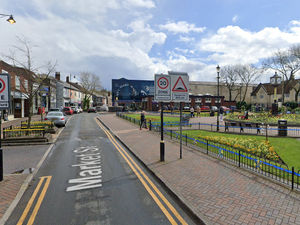Census shows Wolverhampton city centre has doubled
The changing face of the people who live in the Black Country and Staffordshire is revealed in the latest census – with the population of Wolverhampton city centre doubling in size and getting younger.
Details of the 2011 census are now available and reveal how population sizes and ages have changed across the region during the last decade. The report by the National Office of Statistics shows that the population of the West Midlands is 5.6 million, an increase of six per cent from 2001 when it was 5.3 million.
In Wolverhampton, a snapshot of the city centre postcode area shows that the population has increased to 2,547 in 2011, compared to 1,198 10 years ago.
The number of people aged between 16 and 64 has gone up from 74.5 per cent of the population, to 84.3 per cent, a figure which could be due, in part, to the University of Wolverhampton, while the average age is 24, down from 27 in 2001.
At the university, 63 per cent of students are aged under 25, while 74 per cent are aged under 30.
Population
While the population in Pattingham in South Staffordshire has remained almost the same in the past 10 years, the average age of residents rose to 47 from 44, while the number of people over the age of 65 also increased. The number of people aged 65 and over in West Bromwich town centre has seen a marked decrease with just 9.9 per cent of the population in 2011, compared to 15.5 per cent in 2001.
In Walsall town centre the population has increased in the last decade from 1,406 in 2001 to 1,891. Almost three quarters of residents are aged between 16 and 64.
In Dudley town centre the population has increased from 1,460 people in 2001 to 1,652 in 2011.The average age of residents is 39. The median population age in Cannock has increased slightly from 38 in 2001 to 40 in 2011, while the proportion of people aged 65 and over has decreased from 22.9 per cent to 20.5 per cent.





